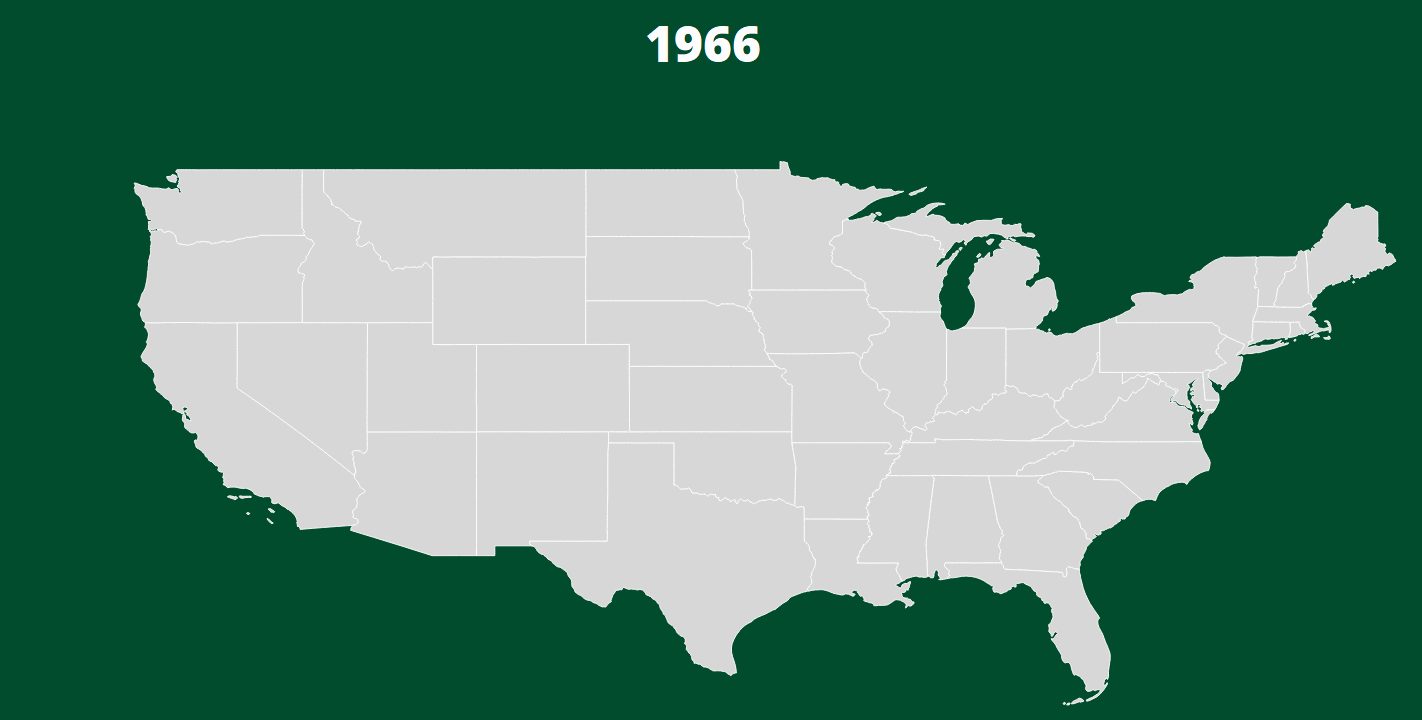Seven States Where Chronic Wasting Disease Has Spread Since the Fall Opener

It may be caused by a mutated protein, but the spread of chronic wasting disease is on the verge of “going viral.” After it was first identified in 1967, the always-fatal deer disease remained isolated to a core region between Colorado and Wyoming for decades. But starting in the early 2000s, CWD began popping up across the country.

Now, it’s spreading faster than ever before. We counted 12 U.S. states that have made news since the end of the 2018 fall hunting season for either finding the disease in formerly CWD-free zones or for implementing new solutions to keep the epidemic out. And 25 states total have had confirmed cases—that’s nearly twice as many as ten years ago.
Fortunately, many hunters and wildlife managers are taking CWD challenges seriously, but states need support to tackle this disease without delay. Here are seven places where CWD is gaining ground.
Tennessee
CWD First Detected: December 2018
Recently Spread to: Fayette and Hardeman Counties
CWD has been found for the first time in the Volunteer State. The Tennessee Fish and Wildlife Commission is implementing an emergency action plan after at least 13 cases of chronic wasting disease were discovered in deer as of late December. A special hunting season in three high-risk counties, which border CWD-positive areas discovered recently in Mississippi, is ongoing through the end of January.
Mississippi
CWD First Detected: February 2018
Recently Spread to: Marshall and Pontotoc Counties
Previously confined to the west-central region of the state, CWD surfaced this year in two northern countiesof Mississippi. The infected area covers a large portion of the Holly Springs National Forest.
Arkansas
CWD First Detected: Oct 2015
Recently Spread to: Scott County
CWD was first detected in Arkansas three years ago, and it seems that the disease continues to push south. It is likely only a matter of time until neighboring Louisiana is faced with CWD on both its northern border with Arkansas and eastern border with Mississippi.

Missouri
CWD First Detected: Feb 2010
Recently Spread to: Stone County
A yearling buck harvested on opening weekend of firearm season tested positive for CWD in November 2018, marking fresh territory for the disease in the far southwest corner of Missouri. There were 11 confirmed cases this past hunting season, bringing the state’s all-time total up to 86 deer. Now that CWD is scattered throughout the state, wildlife managers face the especially difficult task of containing the spread.
North Dakota
CWD First Detected: Mar 2010
Recently Spread to: Unit 3A1
The Roughrider State saw CWD break new ground in a northwestern hunting unit, after having been confined to the opposite end of North Dakota for many years. Unfortunately, the expansion is not much of a surprise, according to experts. Neighboring Minnesota and Saskatchewan have CWD-positive zones that are too close for comfort. This will not be an isolated event.
Minnesota
CWD First Detected: Aug 2002
Recently Spread to: Houston County
Just one day after Minnesota announced it would step up its CWD response, a deer tested positive outside the known outbreak zone. The buck was harvested 31 miles from the epicenter of the state’s largest CWD zone (for wild deer) and 25 miles from the closest known CWD case.
Nebraska
First Detected: Jul 1999
Recently Spread to: Valley County and Keya Paha County
The Cornhusker State looks destined to join Wyoming as an area blanketed with CWD. Nebraska added multiple counties to the CWD-positive list this year—around half the state has confirmed cases of the disease.
Top photo by Ravi Pinisetti via Unsplash
SHARE ON
You may also like
The role corn plays for gamebirds and economies ac...
Sportsmen’s conservation policy issues from publ...
Sportsmen’s conservation policy issues from publ...



























